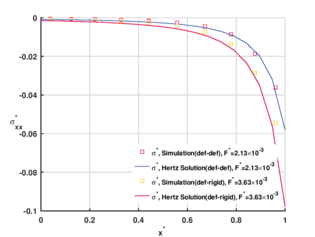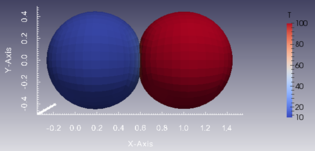
About Me:
I completed my Master's Degree in Computational Mechanics from the University of Duisburg-Essen in 2016. During my master thesis, I worked on analysis of real gas model for compressible flows. I also spent a year in Aix-Marseille University, France in 2018 where I was working in numerical modeling in fluid-structure interaction using volume penalization method as a student assistant. Since September 2019, I started working as a Project Assistant and a PhD student at the Institute of Particle and Process Engineering under the EC-funded Horizon 2020 “Marie Curie” Innovative Training Network (MSCA-ITN) “MATHEGRAM” Project.

This project has received funding from the European Union’s Horizon 2020 research and innovation programme under the Marie Skłodowska-Curie grant agreement No 812638

